The accommodation and food services sector faces Australia's highest turnover rate at around 80% annually. Leading companies like KFC and McDonald's do a lot better than this yet retention is an ongoing challenge. For quick-service restaurants operating hundreds of locations with predominantly Gen Z workforces, this translates to millions in replacement costs and constant operational disruption. Yet some of Australia's largest QSR chains are discovering an unexpected solution: safety recognition programs that simultaneously reduce workplace incidents and dramatically improve retention.
The Perfect Storm: Young Workers, High Stakes, Higher Turnover
Consider the profile of Australia's major QSR employers. KFC operates 750 locations with 35,000 employees, over 90% under age 25. McDonald's employs 105,000+ across 1,057 locations. Hungry Jack's manages 22,000+ staff across 450+ restaurants. These organisations share common challenges: massive geographic spread, young workforce demographics, and the critical need to embed both safety culture and retention strategies from day one.
.png)
The first 90 days determine everything. Research from the hospitality sector shows that 70% of employers recruited staff within the previous two months throughout 2023, indicating constant churn in those crucial early weeks. When replacement costs average $5,864 per employee in QSRs - 52% of which stems from productivity loss alone - the mathematics of early attrition become devastating at scale.
Why Safety Recognition Succeeds Where Traditional HR Programs Fail
Traditional retention strategies often miss the mark with Gen Z workers who crave immediate feedback, peer recognition, and tangible evidence of their contributions. Safety recognition programs uniquely address these needs whilst building critical operational capabilities.
When Heineken implemented their BREWards safety recognition program, they transformed their recognition rate from less than 2% of staff annually to 54% receiving recognition within five months - on a budget of just US$65 per person. The key? Making safety achievements visible, immediate, and rewarding.
The psychological impact runs deeper than simple rewards. Ferreira et al. (2017), “Gamification in the Workplace: A Systematic Literature Review” found that companies adopting gamification reported a 9–15% drop in turnover, particularly among millennial and Gen Z employees. For QSRs where team cohesion directly impacts both safety and service quality, this community-building effect becomes operationally critical.
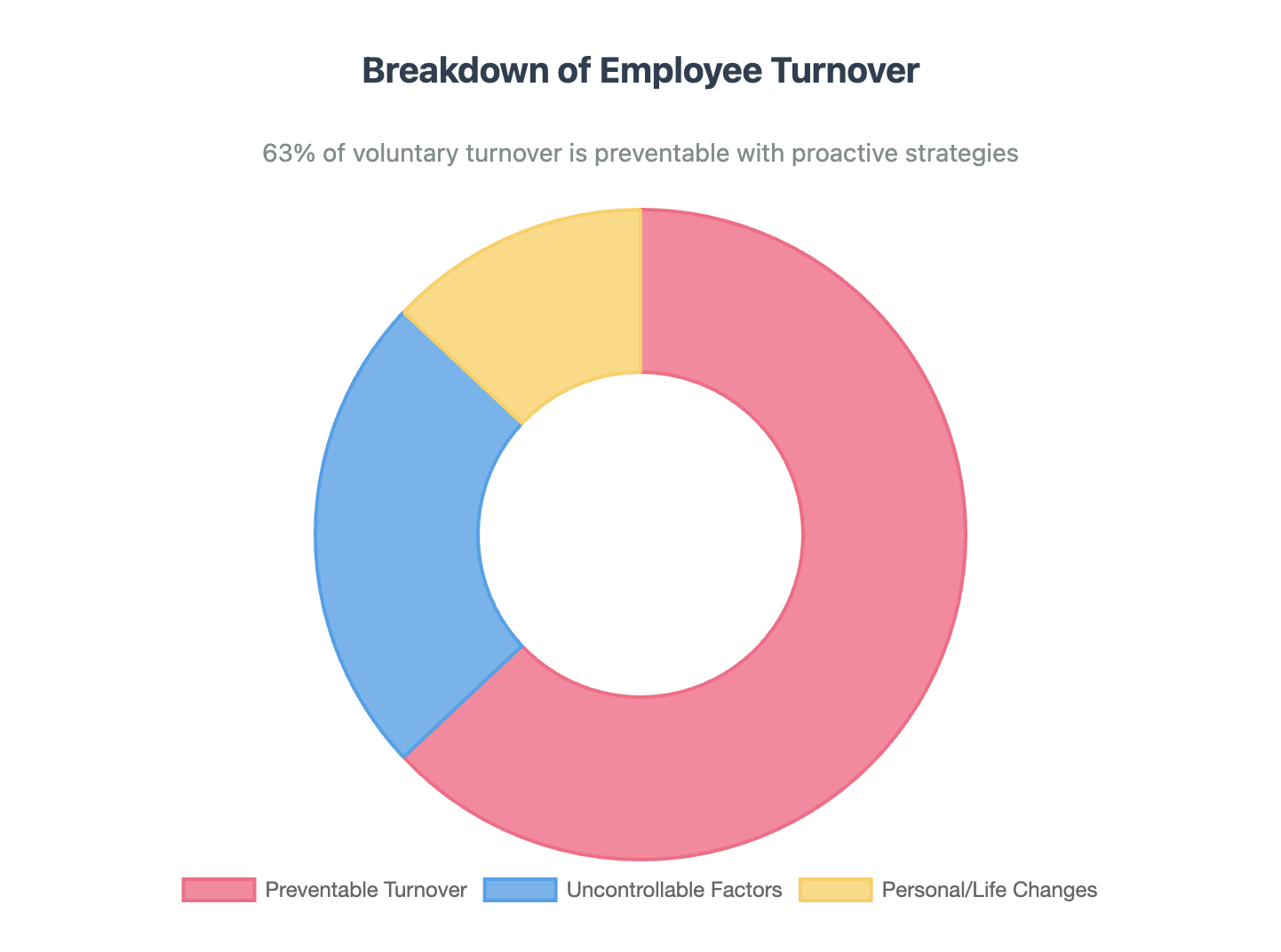
The ROI Equation: Small Investments, Massive Returns
The financial case for safety recognition programs challenges conventional thinking about HR investments. Bersin by Deloitte's research shows organisations with recognition programs experience 31% lower voluntary turnover. For a 1,000-employee QSR operation, even conservative 15% turnover reduction yields compelling mathematics:
- Annual investment: $175 per employee ($175,000 total)
- Employees retained: 113 additional staff
- Savings from avoided turnover: $662,632
- Net benefit: $487,632
- Return on investment: 279%
The multiplier effect becomes even more pronounced with mature programs. Gallup and Workhuman's study of a 10,000-employee organisation showed $16.1 million in annual turnover savings from a $2-3 million recognition investment—a 5.4 to 8:1 return.
The Science of Frequency: Why $30 Matters More Than $300
Counter-intuitively, smaller, frequent safety recognition proves more effective than large, infrequent rewards. Research from Tremendous shows 67% of employees feel satisfied with rewards of just $50-100, whilst Bonusly's optimal peer recognition budget sits at $20 per employee monthly.
This frequency principle applies dramatically to retention outcomes. Employees recognised four or more times in 12 months show 77% decreased attrition odds. Those recognised 12+ times experience 89% reduction. Continuous recognition over nine months? The attrition odds decrease by 95%.
For QSRs, this translates to actionable strategy: a crew member receiving a $30 safety/quality/service achievement reward monthly becomes statistically unlikely to leave, whilst their safety-conscious behaviour influences team culture across entire shifts.
Scaling Culture Across Hundreds of Locations
Large QSR operations face unique challenges in maintaining consistent culture across dispersed locations. Safety recognition programs create standardised, scalable frameworks that work identically whether in Sydney CBD or rural Queensland.
TELUS International's gamified safety program achieved 50% lower attrition rates than competitors whilst maintaining 86% engagement scores across their distributed workforce. Their approach—badges, progress bars, leaderboards—mirrors successful QSR loyalty programs but directed internally toward employee engagement.
The parallel to customer programs isn't coincidental. Restaurant loyalty programs show 8-12% higher order values in year one, growing to 15-25% in mature programs beyond year three. Employee-facing gamification follows similar maturation curves, with benefits compounding as programs become embedded in organisational culture.
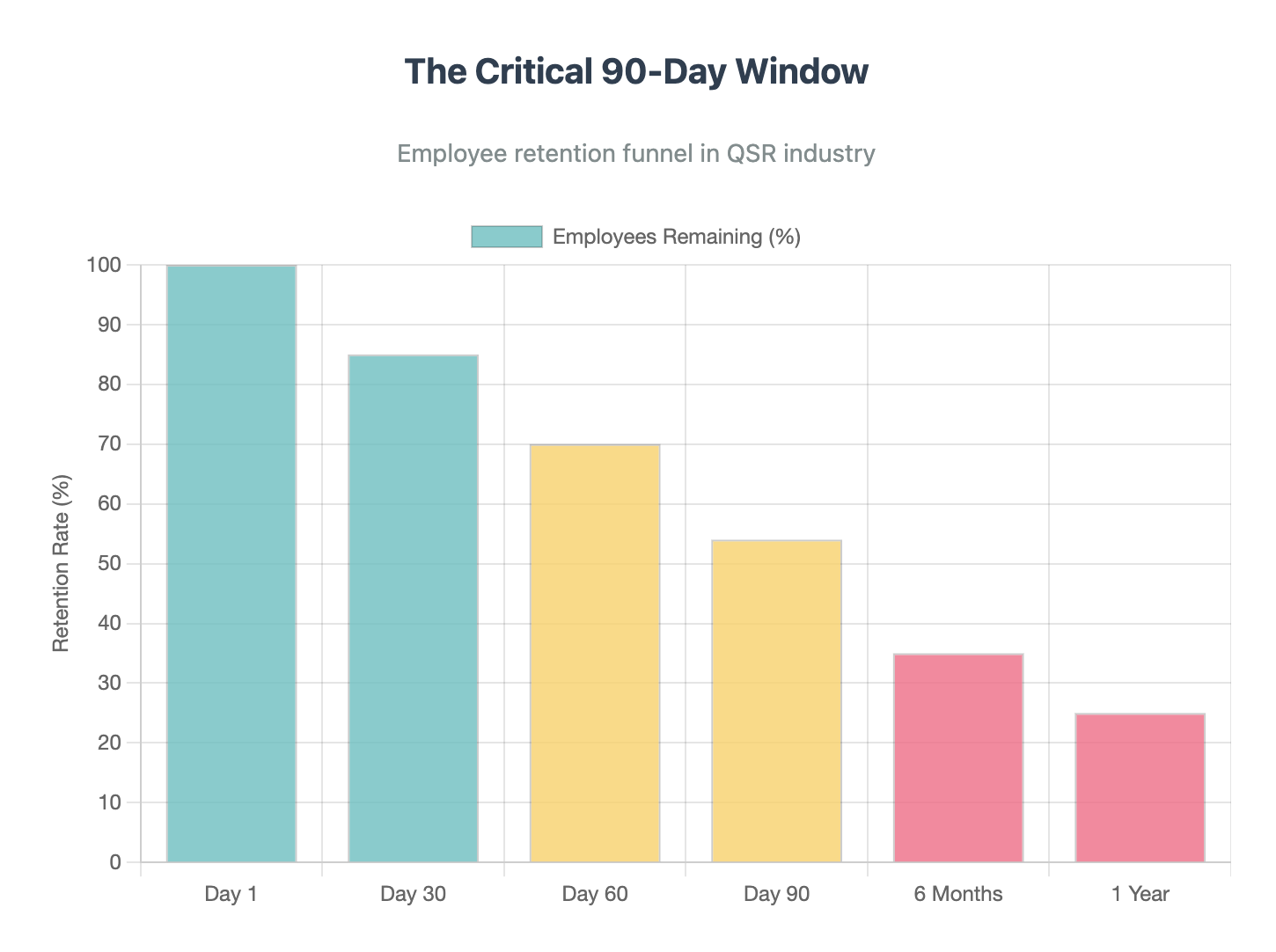
The First 90 Days: A Strategic Imperative
For HR leaders managing thousands of young workers across hundreds of locations, the first 90 days represent both the highest risk and greatest opportunity. Safety recognition programs specifically address this window through:
Immediate Integration: New starters earn their first safety recognition within days, creating instant connection to team and purpose.
Peer Visibility: Young workers see colleagues being recognised for safety achievements, establishing cultural norms from day one.
Tangible Progress: Gamified elements provide clear advancement pathways, crucial for Gen Z's desire for transparent career progression.
Financial Impact: With 52% of turnover costs stemming from productivity loss during replacement periods, retaining even 10% more staff through their first 90 days saves millions annually.
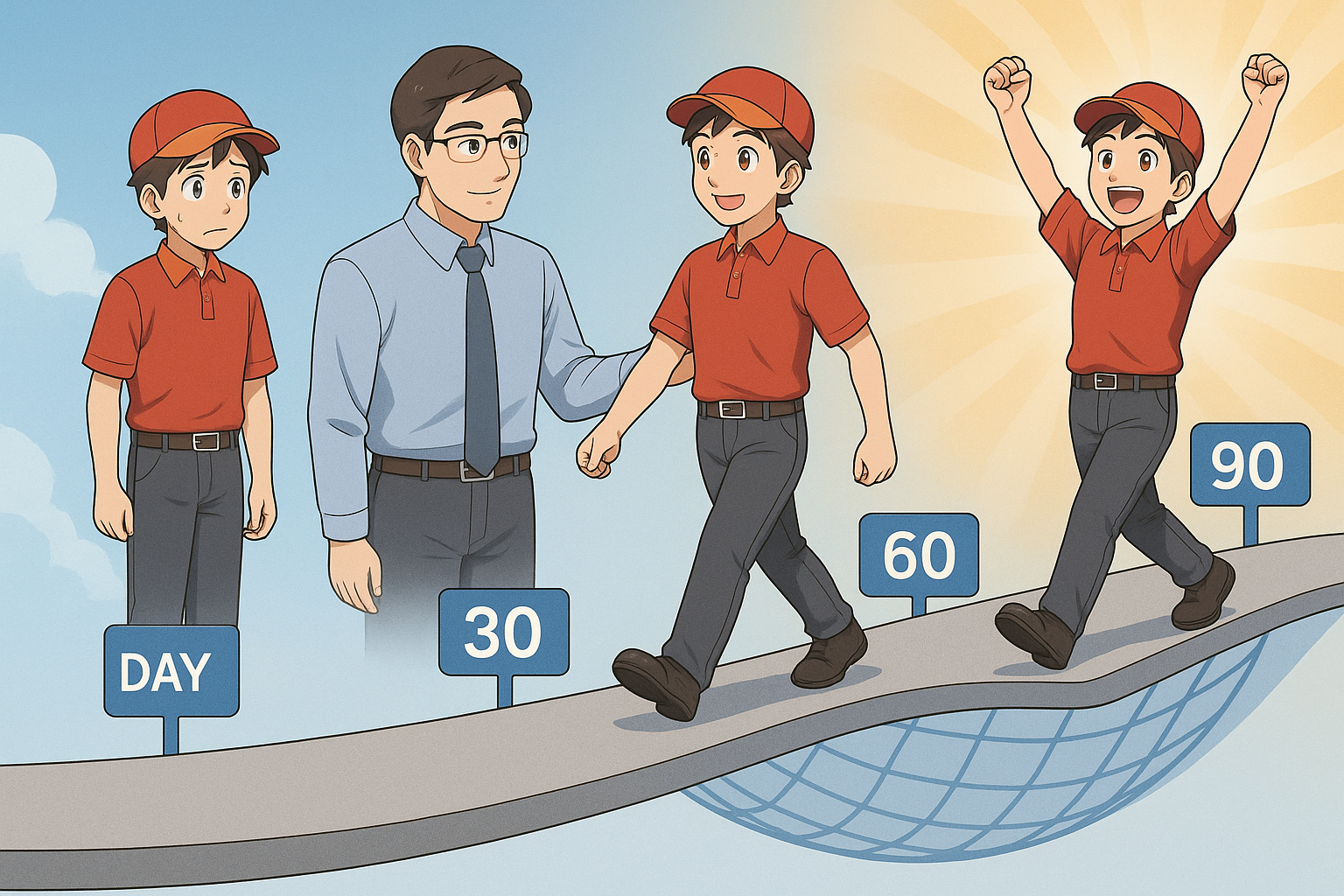
Implementation Realities for Multi-Site Operations
Successful safety recognition programs in large QSRs share common implementation characteristics:
Budget Allocation: $150-250 per employee annually represents the sweet spot, delivering 5-7:1 ROI multipliers.
Technology Integration: Cloud-based platforms enabling real-time recognition across all locations, integrated with existing HR systems.
Manager Empowerment: Store managers receive monthly recognition budgets, typically $20-30 per team member, with autonomy in distribution.
Measurement Framework: Weekly dashboard tracking recognition frequency, safety metrics, and retention rates by location and tenure cohort.
Cultural Alignment: Programs branded to organisational values whilst maintaining flexibility for local adaptation.
The Competitive Advantage in Talent Markets
As Australia's QSR sector continues expanding—with major chains adding hundreds of locations—the competition for young talent intensifies. Organisations with mature safety recognition programs report recruitment advantages beyond retention benefits:
- Reduced time-to-fill positions (referred candidates from engaged employees)
- Higher quality applicants (employer brand enhancement)
- Lower recruitment costs (decreased agency dependence)
- Improved offer acceptance rates (differentiated employee value proposition)
WorkTango's platform data shows recognised employees are six times more likely to stay and significantly more likely to refer quality candidates, creating virtuous cycles of talent acquisition and retention.
Looking Forward: The Three-Year View
HR leaders making investment decisions today must consider three-year program maturation. The evidence suggests compelling long-term returns:
Year One: 15-20% turnover reduction, positive ROI within 5-6 months, initial culture shift
Year Two: 25-35% turnover reduction, embedded safety culture, peer recognition becoming self-sustaining
Year Three: 35-45% turnover reduction, recruitment advantages manifesting, safety metrics showing sustained improvement
For QSRs operating at scale, these improvements translate to tens of millions in avoided costs whilst building operational capabilities that enhance customer experience and brand reputation.
The Strategic Moment
Australia's QSR sector stands at an inflection point. With turnover rates the highest of any industry and Gen Z comprising the overwhelming majority of frontline workers, traditional HR approaches prove insufficient. Safety recognition programs offer evidence-based solutions that address multiple strategic imperatives simultaneously:
- Dramatic reduction in turnover costs
- Enhanced safety culture reducing incident rates and workers' compensation claims
- Improved employee engagement driving customer service quality
- Scalable framework working across hundreds of locations
- Compelling ROI justifying investment to finance leadership
For HR leaders managing tens of thousands of young workers across distributed operations, the question isn't whether to implement safety recognition programs, but how quickly they can be deployed to capture the benefits. The organisations moving first will secure competitive advantages in talent markets that compound over time.
The mathematics are clear. The methodology is proven. The moment is now. Email us to find out more or to ask about any of our sources mentioned here.


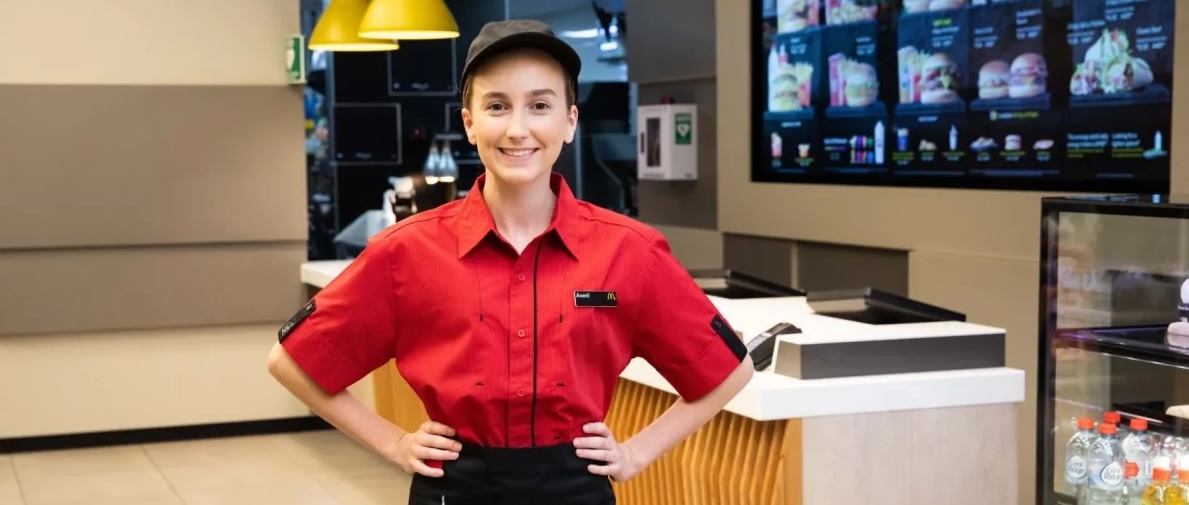
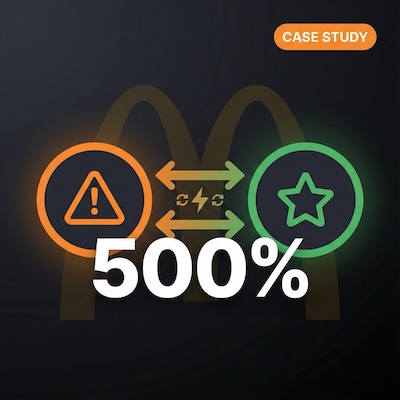

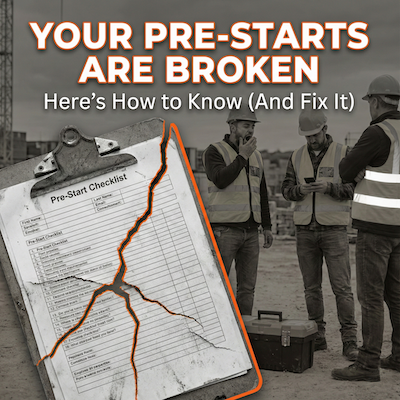




.svg)
